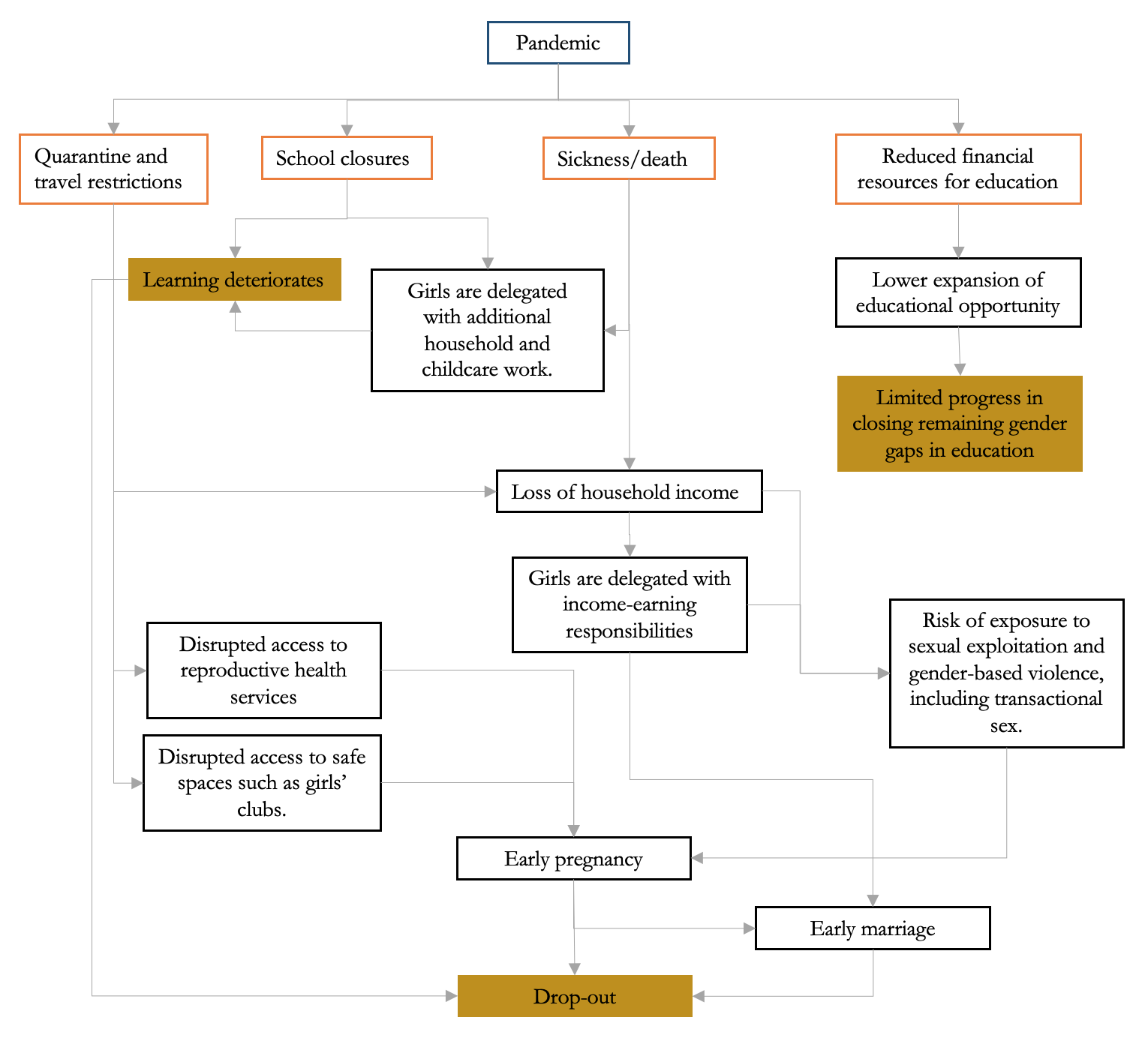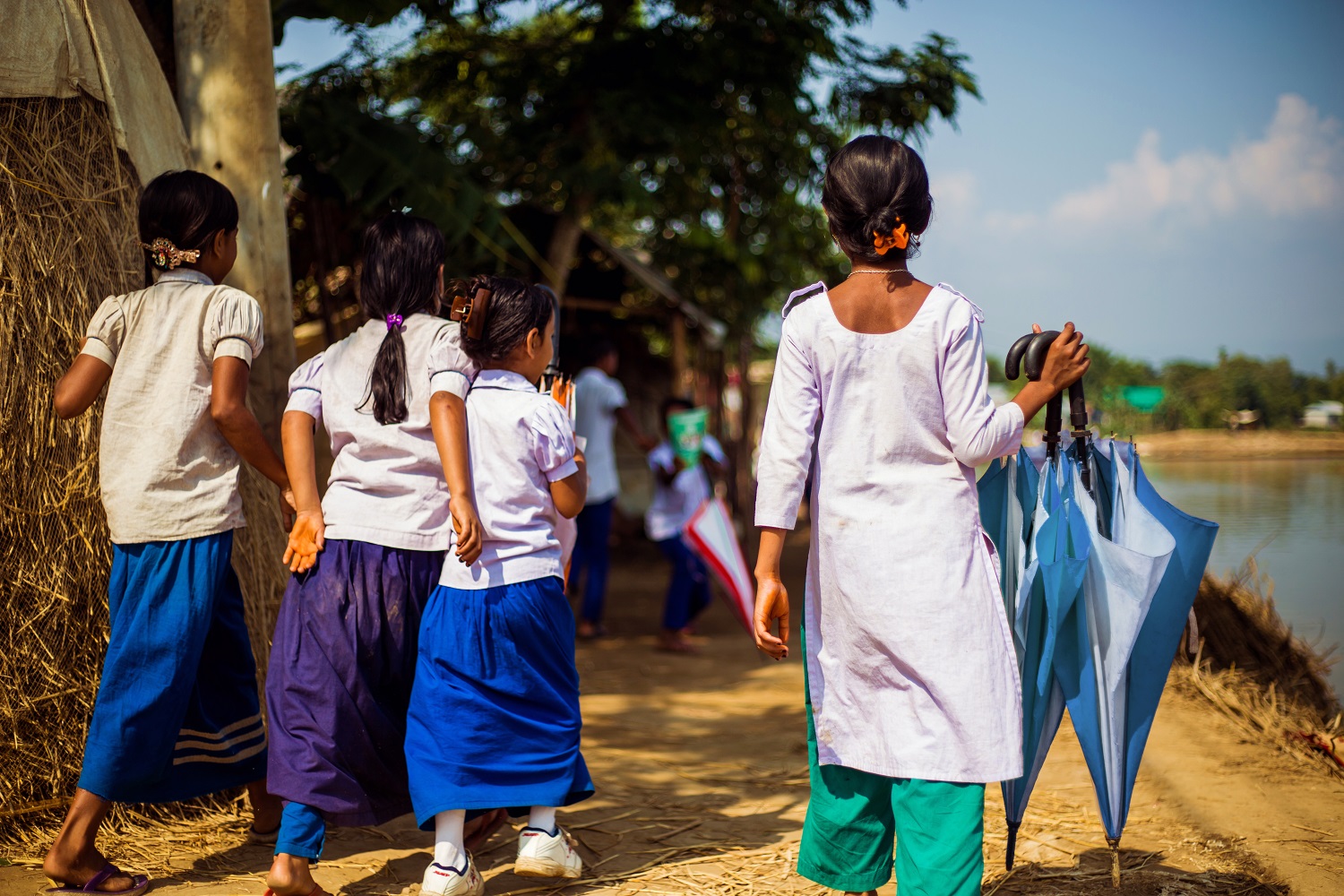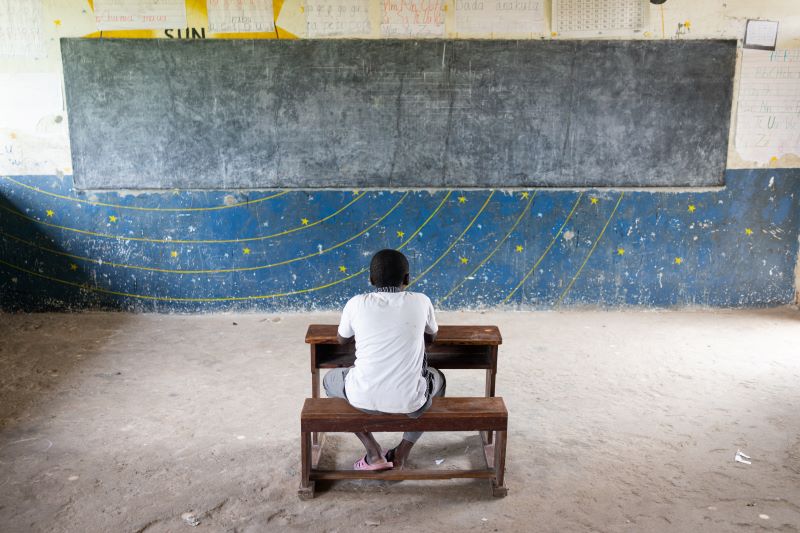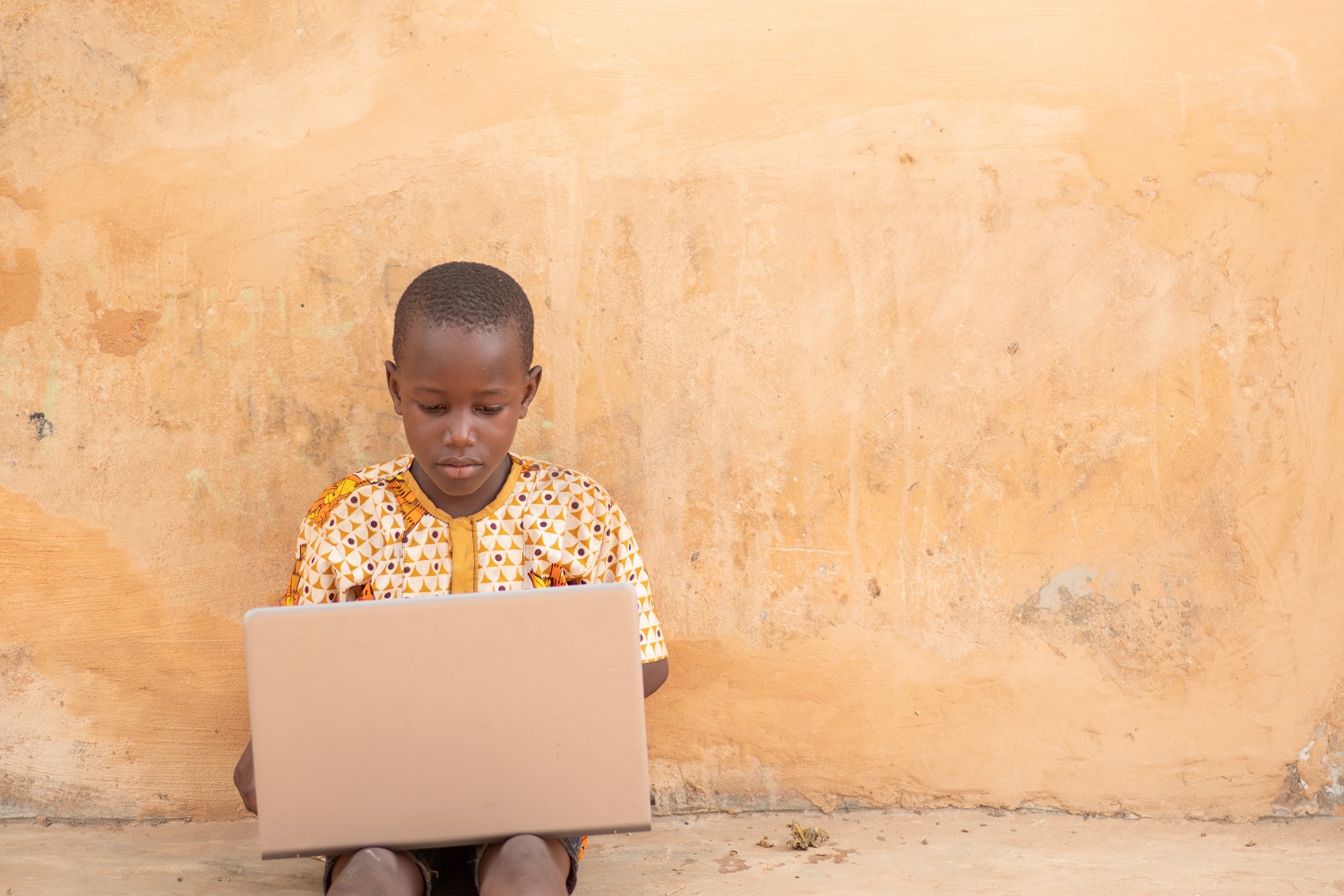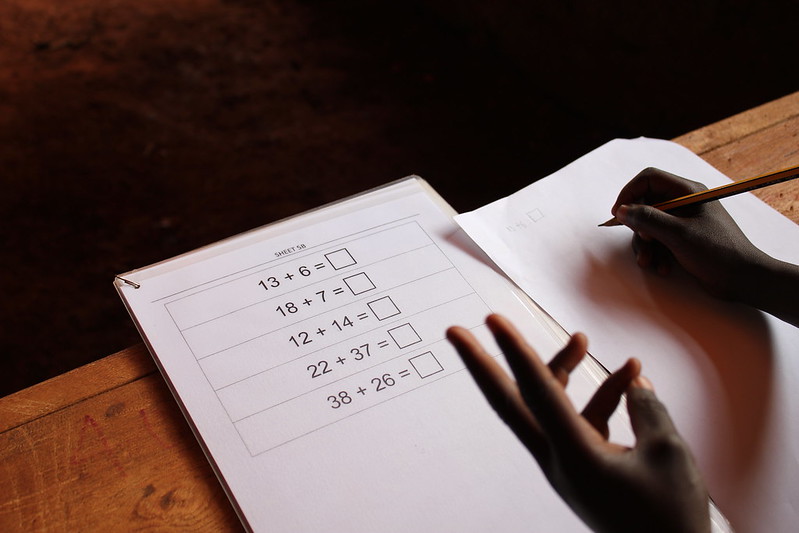Recommended
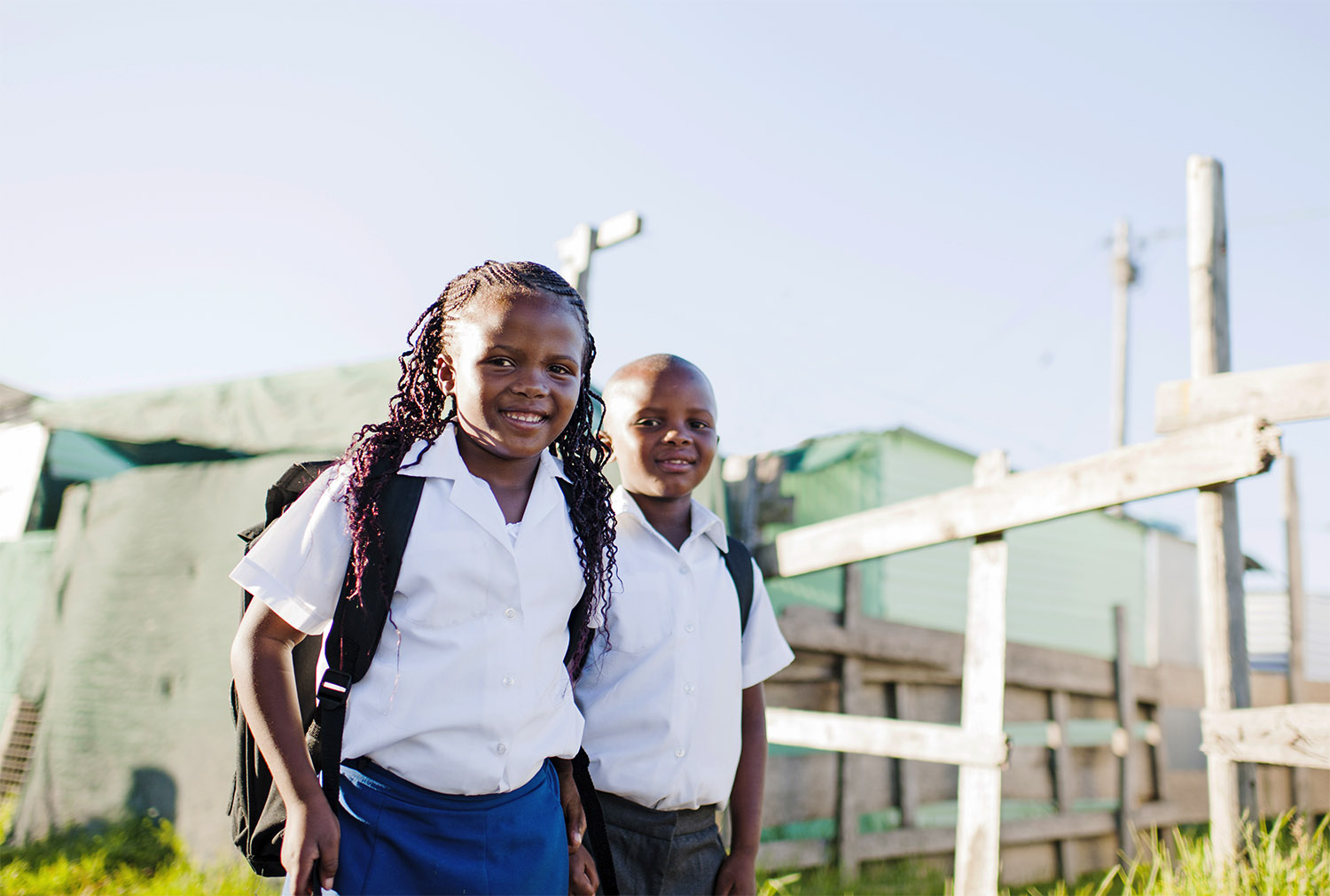
REPORTS
Twelve months ago, the world was watching as schools closed across China and millions of students began learning online from their homes. Most of us didn’t think for a moment that just a few weeks later, almost every country in the world would close their schools and the education of more than a billion children would be disrupted. Since then, millions of students have not had any school-based, face-to-face education (Figure 1).
Many children have had just a few weeks of in-school education in the last 12 months
Figure 1. How many weeks of in-school education have children received in the last 12 months?
Note: The total weeks open reflect only those weeks in which all schools across the country were fully open. They do not include partial closings. Countries are coded as “partially open/closed” when individual states or regions were closed while others stayed open. The data for when weeks schools were open is taken from our COVID Education Policy Tracker.
School closures have varied widely from region to region. Children in North America have had the least in-person education: on average schools have been fully open for just 8 percent of the last 12 months (Figure 2). In East Asia and the Pacific, children have on average received more than half a year’s schooling. But regional averages hide big differences between countries: in Burundi, schools have remained open throughout the pandemic, while in neighbouring Rwanda, children have had just six weeks of schooling this year.
Figure 2. Average percentage of school-based education missed in the last 12 months
Note: This figure was generated by dividing the total weeks schools were fully open in a country in the last 12 months by the number of weeks of schooling in a normal academic year (excluding academic breaks) and subtracting from one. The data for total weeks open is taken from CGD’s COVID Education Policy Tracker. Information for academic breaks was taken from UNESCO's global monitoring of school closures.
Children in some of the poorest countries have missed out on nearly a sixth of their expected lifetime education
While children in North America have missed the most weeks of in-person school over the last year, they are advantaged in other ways—not only are they more likely to have consistent access to online learning, they can also expect more years of schooling in their lifetime, meaning they’ve lost a lower proportion than some other students. The total schooling that youth are expected to attain (in the absence of COVID-19) varies widely, from more than 13 years in many high income countries to less than 5 years in some low-income countries. hen we consider the percentage of lifetime education disrupted by the pandemic, we see that children in some countries have potentially missed nearly a sixth of all the schooling they might expect to get (Figure 3). Countries where children have already missed out on large proportions of their total expected education are also some of the same countries where large attainment gaps remain between boys and girls.
Figure 3. Average percentage of total lifetime schooling missed during the last 12 months
Note: This figure was generated by dividing the percentage of schooling missed (excluding partially open) by the expected years of schooling. The percentage of schooling missed was calculated using data on weeks open taken from CGD’s COVID Education Policy Tracker. Data for the expected years of schooling were taken from the UNDP Human Development Report 2019.
As always, averages mask inequalities. While almost every child will have been affected by the pandemic, the poorest children in the poorest countries have missed out on huge proportions of their education. In Chad, for example, the most recent data we could find (from the 2014-2015 Demographic and Health Survey), shows that women and men from the poorest quintile were nearly 80 percent more likely to have no education than those from the richest quintile. In Burkina Faso (2017-2018, from the same survey), the poorest women were more than twice as likely to have no education than the richest women. Losing one year of education out of the few that a child would likely complete is particularly troubling.
Missing this much school has big impacts on children and youth
Since the first schools closed their doors, social scientists have been scrambling to estimate access to distance learning and to project the impact on school dropout, learning, and future earnings, as well as to evaluate the impact of interventions to reduce learning loss. Beyond a better picture of the access to distance education, a year later we still know relatively little about actual impacts in low- and middle-income countries. That’s a serious concern, because as school systems start to reopen (hopefully for good), it’s crucial that policymakers are armed with knowledge on who’s most affected, together with the interventions they can deploy to mitigate the negative effects of the pandemic on education.
How much learning are children losing?
A few studies from high-income countries shed some light on how school closures have affected children’s learning. Unsurprisingly, it’s a bleak picture, especially for the poorest students. In the Netherlands, primary school students performed markedly worse on standard tests of math and language relative to students in previous years, suggesting they learned about 80 percent as much as students in previous years. The effects were much larger for students with poorly educated parents. In Belgium and in England, primary school students likewise performed worse in language and math tests, with inequality rising between students. Studies in the United States showed falling learning levels in language and math. US studies also show increasing inequality, both across racial groups and across initial performance levels; in other words, the kids who were struggling before are doing even worse now. Evidence from Switzerland suggests that the effects were felt more strongly among primary school students than secondary school students, which is perhaps unsurprising as older students may be better able to engage with online instruction. Most of this evidence was gathered several months ago, and many schools remain closed, so this is likely an underestimate of actual impacts.
From low- and middle-income countries, we’ve only seen simulations, which likewise suggest lower levels of learning. Extrapolating from high-income settings, learners in other parts of the world tend to have much lower access to internet and computer equipment, meaning that even less learning may be happening outside of face-to-face education.
How many children are dropping out?
During the Ebola outbreak in 2014-2015, lots of girls dropped out of school in Sierra Leone. Many are worried that other countries will see similar waves of dropouts as schools re-open. At this point, almost no systematic data exist on who has not returned to school. In South Africa, the government reported 300,000 children “potentially” having dropped out of primary school during the six-month school shutdown. In Peru, the government reported a similar number of 300,000 across both basic and higher education. (These are numbers reported by news outlets citing government sources.) In the Philippines, the reported numbers are in the millions. In Kenya, news reports from the first week of school suggest that “thousands of learners failed to report back to school,” with girls “the most affected, with many having become pregnant or married during the time they were out of school.”
These are big numbers, and they should be alarming. At the same time, numbers from the first days and weeks after schools re-open may not capture dropout rates accurately, as some students may trickle in over time and others may wait for further reductions in COVID-19 cases but still ultimately return. Countries need more systematic data on student returns together with efforts to reach out to those children who haven’t yet made it back.
We will not know much about lost earnings for several years.
But the simulations that exist remind us that lost education translates directly into lower earnings and higher poverty rates. Furthermore, the fact that learning loss (and—likely—dropout rates) are not evenly distributed, with the poorest and most vulnerable learners losing the most learning and most likely to drop out, means that the long-term impacts on earnings will be felt most clearly among those who were already disadvantaged.
As of June of last year, the COVID-19 pandemic was estimated to have generated an additional 68 million “poverty years” (i.e., the number of years that individuals would spend in poverty). That was without any consideration of educational impacts. Lost learning and potential dropouts (along with the continuation of the pandemic) will drive that number up further, with unequal impacts.
What should we do about it?
The solutions are not new, but they bear reiteration.
Open schools as soon as one can do so safely. Protect children and school staff from infection. The number one solution is to get learners back to school without putting them or their teachers at risk.
Bring back those who don’t return. For students who don’t return right away, school systems can reach out to make sure they come back. Angie Motshekga, basic education minister for South Africa, highlighted the value of drawing on a wide array of tools: WhatsApp messages to parents, written letters, house visits by teachers, phone calls, and messages at local radio stations. To implement such a strategy effectively also means gathering data on who is returning and who is not, and helping all schools reach children effectively. Children themselves, not just their parents, are often the primary decision makers on returning to school or not, so outreach should seek to contact both children and their caregivers. Girls in particular are in danger of dropping out during crises, and getting them back on track is essential.
Help those who need to catch up. Virtually all students will have lost learning by the end of this pandemic, but the poorest kids and the poorest pre-pandemic academic performers face the greatest risks. There is a large, growing body of evidence on how to help the most vulnerable children to catch up, with evidence from Ghana to India and from Kenya to the United States.
These two recommendations—investing additional resources to bring learners back to school and help them catch up—are particularly important for those who have missed large proportions of their education. As we show in Figure 3, children in some of the poorest countries in the world have missed out on large shares of their total expected years of schooling. These children are also likely to be at greater risk of not returning to school, particularly those who are disadvantaged by multiple vulnerabilities—for example poor, rural girls. Donors should consider stepping in and channelling resources to governments so they can provide targeted support to ensure that recent educational gains for vulnerable groups don’t disappear in the wake of the pandemic.
Learn as much as possible about what has worked and what hasn’t in terms of distance learning. Many research teams are evaluating what works and what doesn’t to translate distance learning initiatives into actual learning for students. Some interventions show promise: SMS messages and live phone calls to support children’s learning boosted math scores in Botswana. But the evidence on distance learning interventions that have been implemented at scale in low- and lower middle-income contexts is much weaker. While there is evidence that high-quality educational television can boost learning for young children, evidence on the kinds of television and radio broadcasts that many countries have employed to provide lessons to upper primary and secondary school students is much weaker. Hopefully this pandemic can teach a lot about what has worked and what hasn’t in preparation for the next time schools need to close in any given country.
The COVID-19 pandemic has brought incalculable costs across a wide range of sectors, even beyond the primary tragedy of lives lost. But the gradual return to schools is an opportunity to put structures in place to help children return to school and catch up on learning, and those structures can serve the world’s most vulnerable children for many years to come.
Disclaimer
CGD blog posts reflect the views of the authors, drawing on prior research and experience in their areas of expertise. CGD is a nonpartisan, independent organization and does not take institutional positions.


